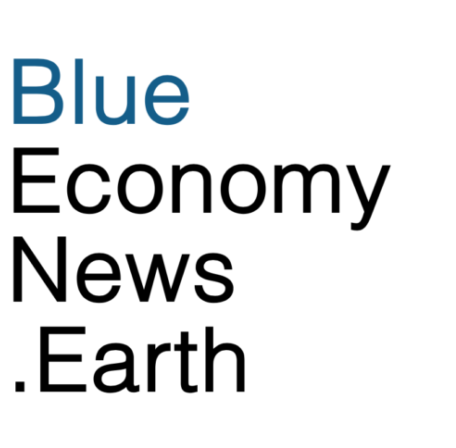The Atlantic Menhaden Management Board has lowered the Total Allowable Catch (TAC) by 20% for 2026 but acknowledged that a more optimal reduction would have been 50%–the percentage conservation groups have been seeking.
According to the Chesapeake Bay Foundation, menhaden connect the bottom, middle, and top of the food chain. They eat tiny plants and animals, called plankton, by filtering them from the water. They, in turn, are rich food source for many predator fish—including rockfish (striped bass), bluefish, red drum, bluefin tuna, and weakfish—as well as ospreys, bald eagles, dolphins, and whales.
The group said ecological signs of inadequate menhaden, such as fewer ospreys nesting in the bay, demonstrated a need to curb commercial fishing of the forage fish. Groups have been asking the management board to reduce the TAC by 50% per year. Their goal was opposed by Omega Protein, the Canadian commercial fishing company responsible for most of the catch since 2005. Omega makes food supplements and animal feed. Omega provided some of the data for the assessment.
The management board has long maintained that the data did not show menhaden being overfished. The goal of the ERPs, the organization said, is to maximize Atlantic menhaden fishing mortality (emphasis added) while also accounting for the forage demands of Atlantic striped bass. Atlantic striped bass was the focal species for the reference points because it was the most sensitive predator fish species to Atlantic menhaden harvest in their model. So an ERP target and threshold that would provide adequate forage for striped bass would likely not cause declines for other predators in the model.
However, fishing mortality was above the ERP target and fecundity (a measure of the number of eggs the stock can produce in a year) was below the ERP fecundity target. So the board reduced the TAC by 20%. But they acknowledged that projections showed this would result in a 100% probability probability of fishing mortality being above the ERP target.
“To have a lower probability of being at or above the ERP F target, a 50% or more reduction in the TAC would be required,” the board acknowledged. But they continued “The Board expressed concerns about the socioeconomic impact of implementing such a significant cut in a single year and chose to take a more moderate cut for 2026 only.” The board will revisit the data before considering a TAC for 2027-2029.
The Board also initiated an addendum to Amendment 3 to consider options to reduce the Chesapeake Bay Reduction Fishery Cap by up to 50% and distribute the cap more evenly throughout the fishing season. The options will aim to alleviate a concentration of effort that may be affecting other fisheries within the Bay and other potential ecological impacts.

